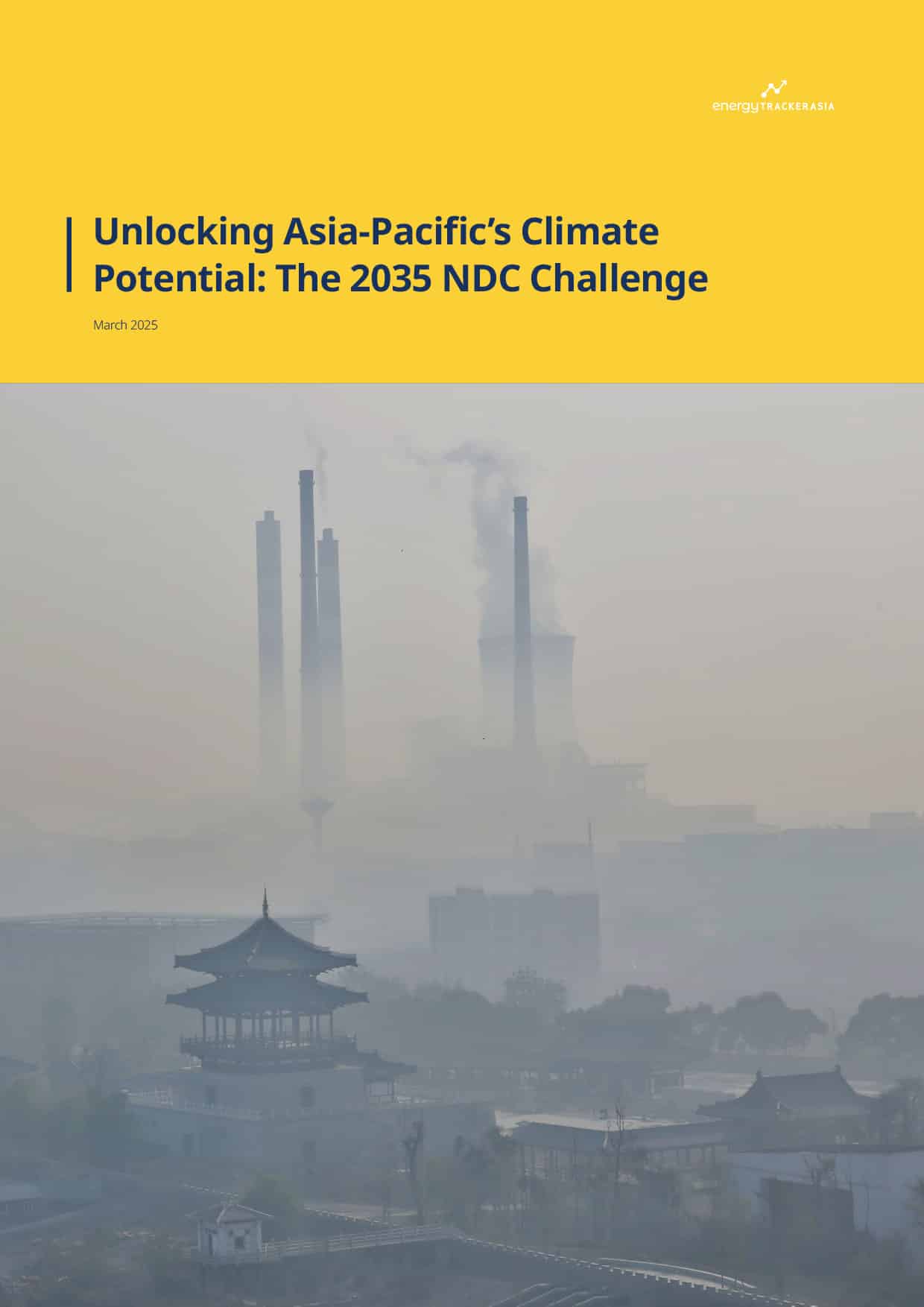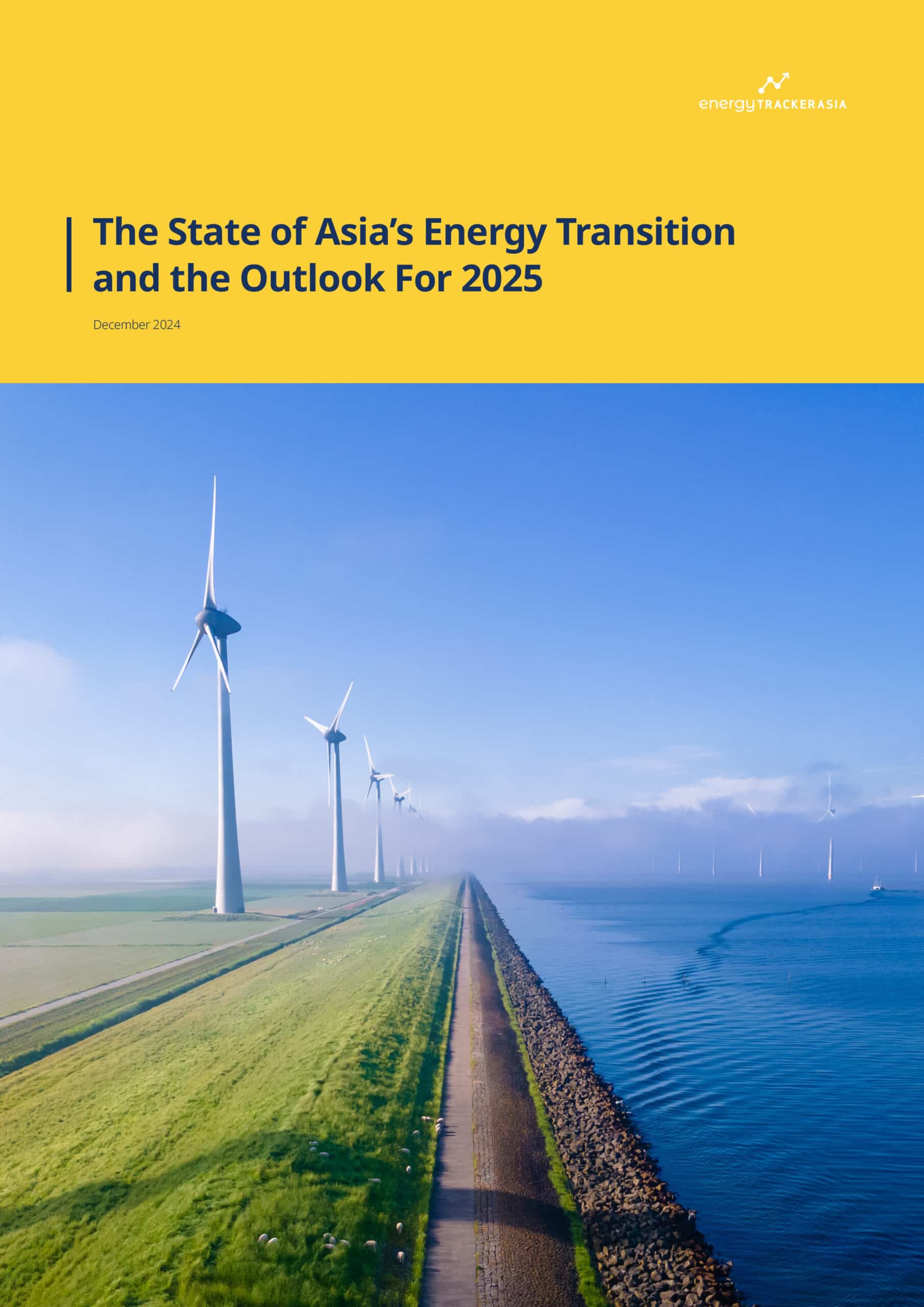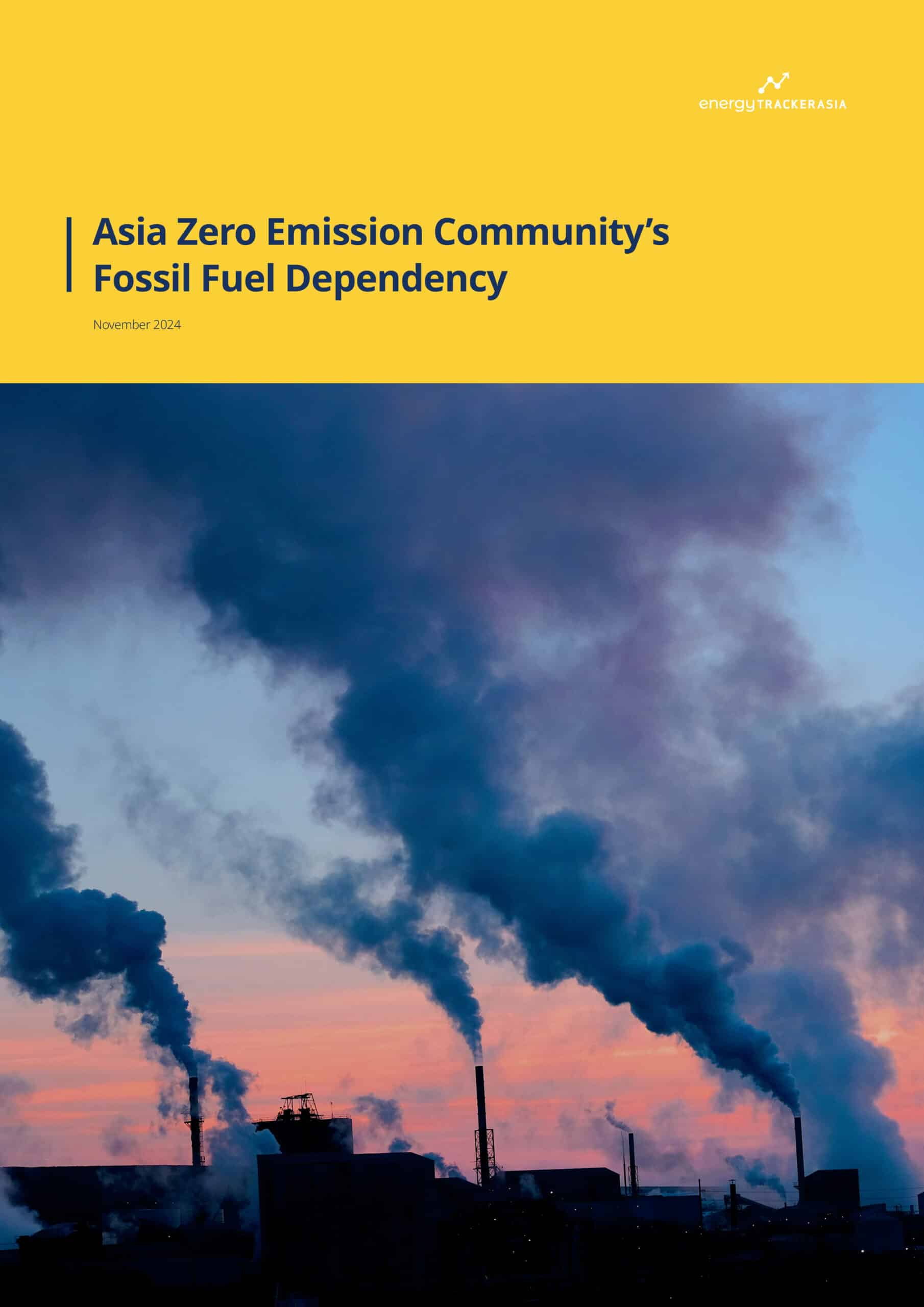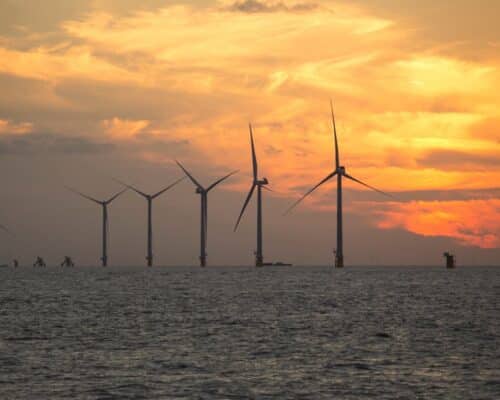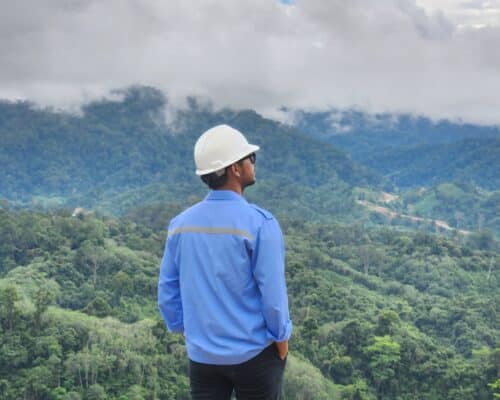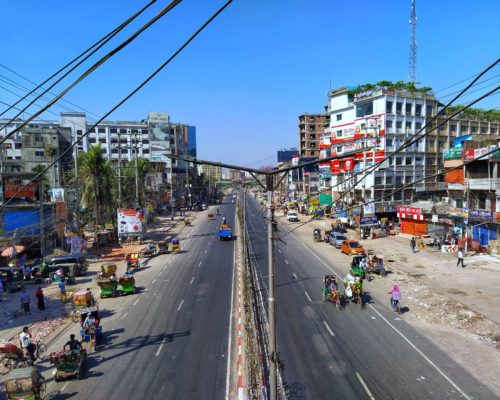Domestic Banks Are Propping Up Indonesian Coal Despite Climate Risks
Indonesian Labuhan Angin 2X115MW Coal Fired Boiler
03 November 2025 – by Nithin Coca
Over the past decade, numerous major global banks and public financiers have made pledges to stop funding coal-fired power plants, one of the world’s largest sources of climate pollution and other harmful impacts. These include major private banks like Bank of America, Credit Agricole and HSBC, and even Japan’s JBIC and Korea’s National Pension Service.
For Indonesia, which opened 22.7 gigawatts (GW) of coal-fired power capacity between 2010 and 2021, these global pledges showed a hopeful sign that there wouldn’t be more Indonesian coal. But a new report from the BersihkanBankmu coalition shows that some of Indonesia’s largest domestic banks — Band Mandiri, Bank Rakyat Indonesia, Bank Negara Indonesia, Bank Central Asia and Bank Permata, are filling in the gap, sending billions into new coal.
“These financial institutions continue to funnel billions of dollars into the coal industry, which ultimately endangers long-term environmental sustainability and their own financial stability,” said Nabilla Gunawan, one of the authors of the report, in an emailed press statement.
The concern, to Gunawan and others, is that this continued financing will lock in decades of new coal-fired power generation, making Indonesia’s climate goals impossible to achieve. It could also prevent the rapid and needed uptake in clean energy alternatives, like wind, solar and geothermal.

Coal Generation in the New Power Plan
According to Eco Business, Indonesia is increasingly becoming one of the last strongholds when it comes to coal. Nearly all of the planned coal-fired power plant projects in Southeast Asia are in Indonesia, both grid-connected power plants and captive-coal ones, which are aimed at powering mostly Chinese-led, large-scale industrial projects.
What Indonesia’s banks are doing is both harmful and against the global trend, as many foreign financiers, including public and private banks in Europe, Japan and South Korea, have pledged to stop financing coal due to not only its climate impact, but the fact that it’s an increasingly expensive and bad investment when compared to the rapidly dropping price of renewables. Coal might be profitable now, but it likely won’t be in the near future.
“A company that delays action simply to bask in short-term profits, or to wait for coal reserves to run down, restricts its flexibility and amplifies long-term risks,” said Hazel Ilango, the Indonesia coal transition lead with the Australia-based Energy Shift Institute.
Indonesia’s elite are closely connected to coal, and the government, under President Prabowo, who also has coal interests in his family, is pushing to expand Indonesian coal consumption. The new electricity supply plan, released in July, actually calls for a 40% increase in power generation from coal and fossil gas between now and 2034.
Indonesia’s Coal and the Energy Transition
In 2022, the Joint Energy Transition Partnership (JETP) was announced for Indonesia, with a goal of speeding up coal-fired power plant retirements and expanding the use of renewables. Yet, despite this, Indonesia’s banks continue to finance new coal, putting both the JETP, Indonesia’s energy transition and its entire economy at risk.
According to the report, weak government policies and a lack of consistent energy transition strategies contribute to the ongoing financing of the coal sector, particularly coal-fired power plants and coal mining operations.
Why Is Indonesia Protecting the Coal Industry Instead of Expanding Renewable Energy?
Why are these banks funding Indonesian coal? They are following the lead from the Indonesian government, which has continued to promote investment in upstream and downstream coal. Part of the reason for this is that Indonesia is one of the world’s largest coal exporters, and there is a desire to protect the coal industry as major exporters like China and India expand renewables. Hence, there is a push to expand domestic consumption of coal, despite its clean climate risks.
“Increasing renewable energy financing is one of the strategies to reduce the impact of climate change,” said Pius Ginting, coordinator at the Association for Ecological Action and Emancipation of the People, an Indonesian nonprofit. Ginting said the government also has the responsibility to “issue policies that will reduce the credit risk” of renewable energy projects so that state-owned banks can take on greater responsibility.
Gunawan agrees, hoping to see more forceful action from the government to push for more coal exclusion.
“While the government recognises the environmental and climate risks associated with coal, the fact that these policies are not consistently enforced or fully implemented leaves banks with little incentive to adopt stronger coal exclusion policies,” said Gunawan.
For now, though, banks are following the government’s lead and continuing to invest in coal despite the clear risks. And it will be Indonesians who will pay, not only as victims of increasing climate-linked disasters but also as ratepayers, subsidising the continued use of a fossil fuel that the country no longer needs.
by Nithin Coca
Nithin Coca covers climate, environment, and supply chains across Asia. He has been awarded fellowships from the Solutions Journalism Network, the Pulitzer Center, and the International Center for Journalists. His features have appeared in outlets like the Washington Post, Financial Times, Foreign Policy, The Diplomat, Foreign Affairs and more.
Read more